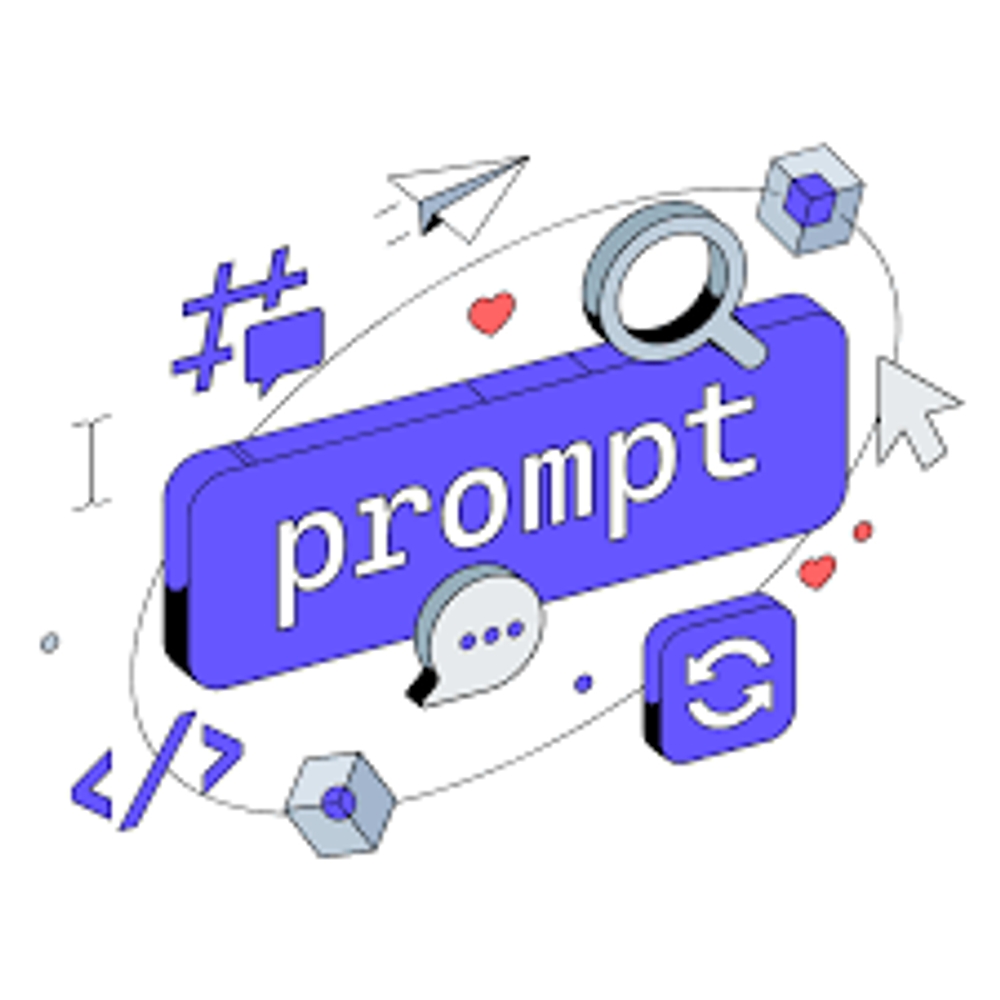Published
- 3 min read
What Is a Prompt? | In the Age of AI, Your Questions Define Your Answers

🧠 What Is a Prompt? | In the Age of AI, Your Questions Define Your Answers
AI technologies like ChatGPT are spreading rapidly. As performance improves, many people are feeling a growing sense of anxiety about the future of work.
Some believe that AI will help close knowledge gaps, but I think otherwise:
It will widen the gap—between those who know how to use AI effectively, and those who don’t.
If you’ve used ChatGPT, Claude, or similar AI tools, you’ve likely noticed something:
“Why do some people get much better answers than others, even with similar questions?”
The key difference lies in the prompt.
So today, let’s dive into what prompts are and how to craft them—an essential skill for thriving in the AI-driven future.
📚 What Is a Prompt?
A prompt is:
A command or instruction that tells an AI what to do and how to do it.
In simple terms, it’s both your question and your task description.
A good prompt clearly communicates:
- What content you want
- In what style or tone
- In what format or structure
🚀 Why Are Prompts So Important?
AI cannot read your mind. You have to explain exactly what you want.
Good prompts matter because:
| Type | Result |
|---|---|
| Vague or generic question | Leads to vague, unsatisfactory answers |
| Clear and specific prompt | Produces faster, more accurate results |
Think of building a house—you don’t just start stacking bricks. You first investigate the ground, create detailed blueprints, and prepare the materials.
It’s the same when communicating with AI. Instead of simply saying “Write something for me,” if you use the who, what, when, where, why, and how structure, the AI will consider more factors and deliver a much better response.
In most cases,
If you get a poor AI answer, it’s often because the prompt was unclear—not because the AI misunderstood.
✨ How to Write Better Prompts
Writing good prompts is surprisingly simple once you know how.
1. Clearly Define Your Goal
-
❌ Bad Example:
Recommend something. -
✅ Good Example:
Recommend a 10-minute stress relief method suitable for office workers in their 30s.
→ Be specific about what you want.
2. Add Constraints or Requirements
Define word count, style, or format explicitly:
Write in a blog post style.
Summarize in under 500 characters.
Organize the answer in bullet points.3. Ask Step-by-Step
Don’t overload your prompt with too many requests at once.
Break it down: First request → Follow-up question → Final refinement
For example:
- “Create an outline for a blog post about time management tips.”
- “Expand on point 2 with more details.”
- “Rewrite the whole post in a friendly, conversational tone.”
Step-by-step guidance leads to much better results.
🛠️ Practical Prompt Templates
| Scenario | Prompt Example |
|---|---|
| Writing a Blog Post | “ChatGPT, write a friendly blog post about ‘time management tips’ in under 500 characters.” |
| Creating Product Descriptions | “Write a short, three-line marketing description for a phone charger. Make it concise and clear.” |
| Writing Emails | “Compose a polite meeting request email in English, no more than five sentences.” |
✨ Conclusion: In the Age of AI, Good Questions Matter Most
AI will continue to advance—but remember:
Even the smartest AI can’t deliver great answers without great questions.
The people who thrive in the AI era will be those who know how to ask better questions.
Prompting isn’t complicated. With a little practice, anyone can become proficient.
From today, start by asking yourself:
“Am I clearly explaining what I want?”
Master that, and you’ll master the future of working with AI.